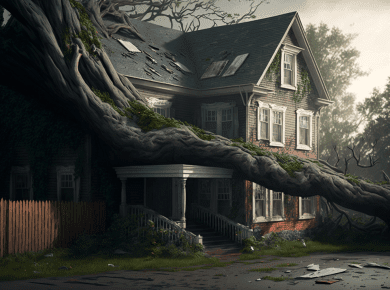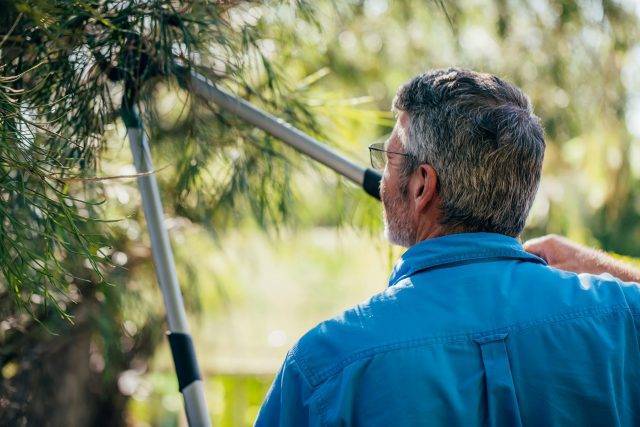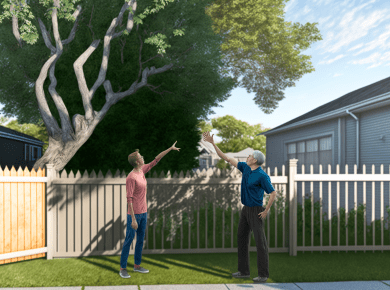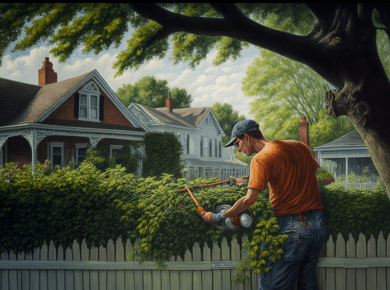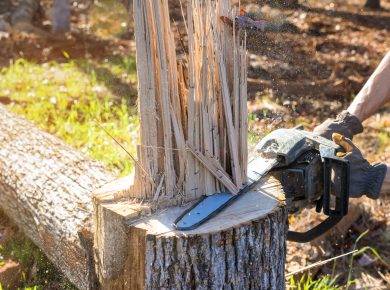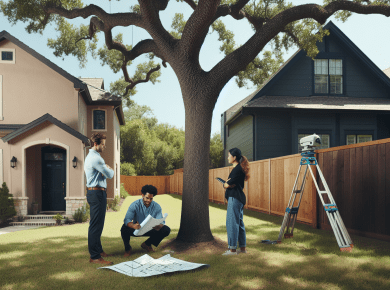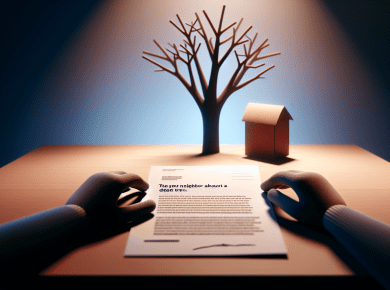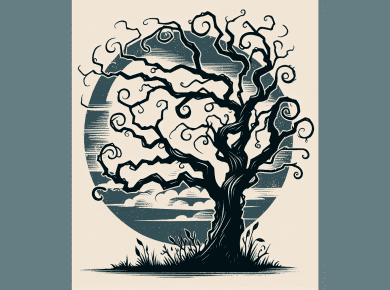Table of Contents
Understanding the Legal Liabilities and Options for Compensation
Trees can provide numerous benefits to a property, but when not properly maintained, they can also cause damage to nearby buildings, sidewalks, or driveways. In some cases, a neighbor’s tree may be the cause of the damage, leading to questions about legal liability and options for compensation. This article will explore the legal liabilities and options for compensation when a tree causes damage to a property, with a focus on trees owned by neighbors.
Neighbors’ Trees Damaging Your Property
When a neighbor’s tree causes damage to your property, it’s important to understand the legal liabilities and options for compensation. In some cases, the neighbor may be held responsible for the damage caused by the tree, but this is not always the case.
For example, if a neighbor’s tree was not properly maintained and its branches overhang your property, causing damage to your roof or windows, the neighbor may be held liable for the damages. However, if the damage was caused by a naturally occurring event, such as a storm, the neighbor may not be held liable.
In cases where the neighbor is held responsible, it’s important to consult with a legal professional to understand your options for seeking compensation. This may involve filing a claim with the neighbor’s insurance company or taking legal action.
If the neighbor is not held responsible, there may still be options for compensation. For example, if the damage was caused by a city-owned tree, you may be able to file a claim with the city’s insurance company. In these situations, it’s important to consult with a legal professional to understand your options.
Tree Roots Damaging Property
Another common situation is when tree roots damage a property. This can occur when tree roots grow under sidewalks, driveways, or buildings, causing them to crack or break. In some cases, the tree owner may be held liable for the damages, but this will depend on the specific circumstances.
For example, if the tree owner was aware of the potential for damage and did nothing to address it, they may be held liable for the damages. However, if the damage was caused by a naturally occurring event, such as a drought, the tree owner may not be held responsible.
In cases where the tree owner is held liable, it’s important to consult with a legal professional to understand your options for seeking compensation. This may involve filing a claim with the tree owner’s insurance company or taking legal action.
If the tree owner is not held responsible, there may still be options for compensation. For example, if the damage was caused by a city-owned tree, you may be able to file a claim with the city’s insurance company. In these situations, it’s important to consult with a legal professional to understand your options.
Legal Liability for Damaged Property
In many cases, the neighbor whose tree is causing the damage is legally liable for the damage caused. This can be true even if the tree was on their property, and they had no knowledge of its potential to cause damage. The legal principle behind this liability is known as “strict liability”. This means that even if the neighbor did not act negligently or with intent to cause damage, they are still responsible for any harm that occurs as a result of their tree.
However, this liability can be impacted by several factors, including the local laws and regulations in place, as well as any existing agreements between the parties involved. In some cases, the neighbor may not be held liable for damages if the tree was considered to be a “natural hazard” or if the damage was caused by a third-party, such as a heavy storm. In such cases, it’s important to consult with a legal professional to understand your options for compensation.
Options for Compensation
If a neighbor’s tree roots or branches are causing damage to your property, there are several options available to you for compensation. These include:
- Negotiating with the Neighbor
In many cases, the first step in seeking compensation is to negotiate with the neighbor directly. This can be done by having an open and honest discussion about the damage caused by the tree and reaching an agreement on how to handle the situation. If the neighbor is cooperative and willing to take responsibility for the damage, this can be a quick and cost-effective solution.
- Filing an Insurance Claim
If you have homeowners insurance, you may be able to file a claim to cover the costs of repairing the damage caused by the neighbor’s tree. Most standard homeowners insurance policies provide coverage for damages caused by falling trees, but it’s important to check with your insurance provider to understand your specific policy. Proper documentation, including photographs and statements from witnesses, is also important to support your insurance claim.
- Taking Legal Action
In some cases, it may be necessary to take legal action to seek compensation for damages caused by a neighbor’s tree. This may involve filing a lawsuit against the neighbor, and you may be able to seek compensation for damages such as repair costs, loss of property value, and other related expenses.
Whether you negotiate with the neighbor, file an insurance claim, take legal action, or hire an arborist, it’s always best to consult with a legal professional to understand your rights and options.

